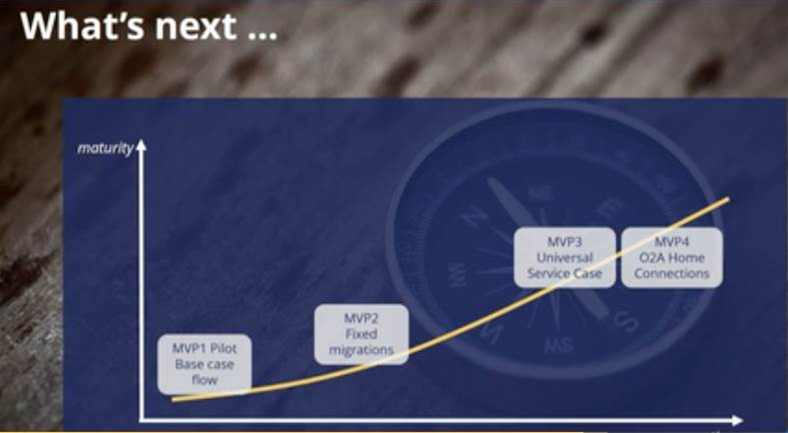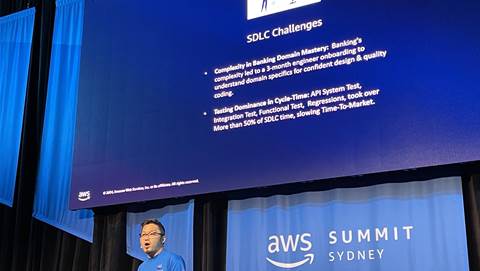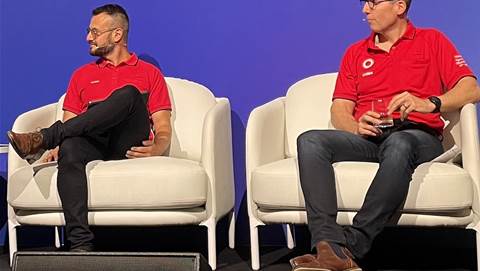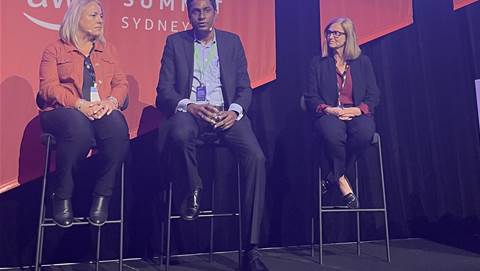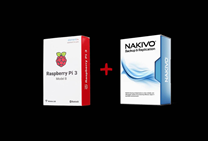Optus is testing new ways to solve customers’ problems that avoids putting the customer on hold or having to repeatedly explain the problem every time their call is passed between support areas.
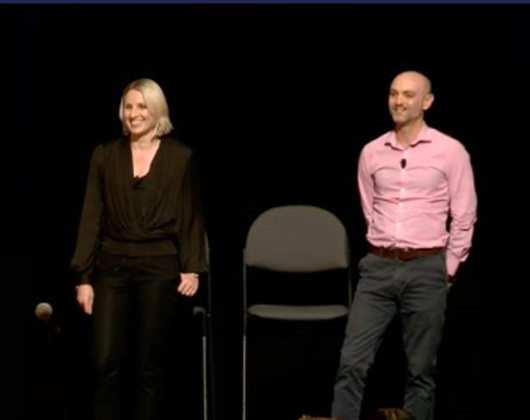
The telco has spent the past year trialling a digital case management system co-created with robotic process automation vendor Pega.
Digital case management product owner Penny Willcock told the PegaWorld 2019 conference in Las Vegas that the past year of tests had helped Optus to prove a series of hypotheses.
“The first one was, do customers want to leave problems with us or do they need them solved on the spot?” Willcock said.
To test this, the company spun up a minimum viable product in 12 weeks and tested it on “over 10,000” customer service cases, from across Australia and across the Optus product range.
“The trial allowed customers to raise a case with us through an app or our online portal, and actually track [its] progress to resolution,” Willcock said.
“So once we received the case, a dedicated case manager was assigned and they actually saw that right through to resolution.”
Willcock said that her team had a “very clear” idea of the customer problem it was trying to solve.
“We didn't want our customers to actually wait on hold, nor did we want them to actually have to repeat their problem over and over [to get it resolved],” Willcock said.
Willcock’s colleague and digital product owner Derek Tinworth said this was a “known problem” at Optus - as evidenced from the contact centre’s logs - albeit one the telco previously “didn't have a solution for”.
CX principles
Early solution designs were “anchored” around a series of customer experience principles that Optus wanted to abide by.
“Number one is we respect your time - we acknowledge that Optus is not the most important thing in a person's life. So customers could raise [an issue], read and respond [to progress] whenever it suited them,” Tinworth said.
Second, Optus borrowed TOFU - take ownership, follow up - as a principle.
“Essentially what this means is we own our mistakes,” Willcock said. “We make no problem too big or too small.
“Our principle here is that whatever the issue, we'll always give the customer a way forward.”
Third, Optus wanted to let customers know at any time what was happening with their query or problem.
“Uncertainty is really our enemy here,” Tinworth said.
“Through this, we actually let customers know what's actually happening, and what's coming next, so they can go about their lives, and they can actually trust that our people are on the case.”
Finally, Optus wanted to avoid making customers repeat their problem every time it was escalated to a new support person or rang Optus back seeking an update.
“From a case management perspective, we take this particularly seriously and look really closely at features like duplicate search, related cases search, as well as the interaction history, to ensure we can provide that detailed and rich information to our agents about that customer's story,” Willcock said.
Digital handling
The result was essentially a digital workflow that was built into the MyOptus app for both iOS and Android, as well as into the Optus.com.au website.
Customers would log an issue or query, at which point it would be assigned to a single agent that would then manage the entire response process.
The case management system provided regular updates and SMS notifications to customers on how the issue or query was progressing.
“This experience is much like what you get when you're tracking a parcel or a delivery today so you understand what's coming next,” Willcock said.
The customer would also have control over when the case was resolved and could be closed.
”We put this decision right in the hands of our customers,” she said.
“if they believed there was something outstanding or a hanging loose end that we had missed, they simply pressed ‘no’ and we'd continue working on their issue until it was fully resolved.”
Willcock’s team brought in 10 agents specifically to handle the workload created by the digital case management system.
“We recruited a team of 10 agents into our team who could manage customer issues and get back to them and respond to them quickly,” she said.
“We did only have a small team of agents supporting in the background though so we implemented some controls which would allow us to filter the volume of people that could see the case management option at any time to ensure we could keep our commitments to those customers who had already raised cases with us.”
Even so, the trial saw a larger volume of cases than it had expected to deal with.
“We only wanted to raise 100 cases in the first quarter, and when we switched on, we had 20 cases in two minutes,” Tinworth said.
“So customers found it organically, and they thrived through it.”
Customer feedback was positive. “Our issue resolution rate increased 25 percent against our baseline service business, and our NPS was up to 10 percent,” Willcock said.
It also led to questions from customers about how Optus planned to use the trial and results - and specifically, how much the system could scale.
On that, Optus has decided to change tack slightly.
“Our initial MVP [minimum viable product] is now closed,” Tinworth said.
“It was our pilot, but it's proved a success - that success being our customers have actually preferred using a digital conversation, and also having that dedicated case manager being assigned to that case, and actually seeing that taking ownership and having accountability right to the end to resolve that case.”
Pivoting to additional use cases
The telco is now in the process of creating some more MVPs, both around service management as well as improving the order-to-activation process.
Optus is using the technology to power an ‘NBN concierge’ that is being used to help migrate customers onto the national broadband network.
“Like any good sporting team, we actually saw a gap and we went for it,” Tinworth said.
“This is actually our second release, which is on fixed migrations.”
A further two MVPs are now planned.
“Penny and I have this ‘dual track’ thing going on where Penny's taking a focus working on more the universal service issue management track, as we scale what was in our pilot through Optus, whereas I'm actually starting to focus on the order-to-activation journey,” Tinworth said.
“We're going to use that for all our home connections.”
“In terms of where our solution is headed in service issue management, what we're looking at doing is pivoting the solution to using case management for particularly tricky issues that can't be solved on the spot,” Willcock added.
“We are expanding so that a case can be created in any channel, and as those cases come through, they might be auto-routed into our teams or they might be warm transferred in a three-way call if it's a voice scenario.
“And every case, no matter what the issue, will move through a universal service workflow, so that we can ensure consistency in our customer experience, both for customers and for our agent.”
